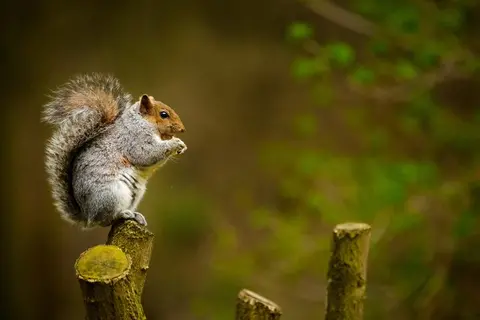Where Do Squirrels Hide Their Nuts?
Evelyn StarPsychologists at the University of California at Berkeley are studying the ability of squirrels to find and make strategic food reserves.
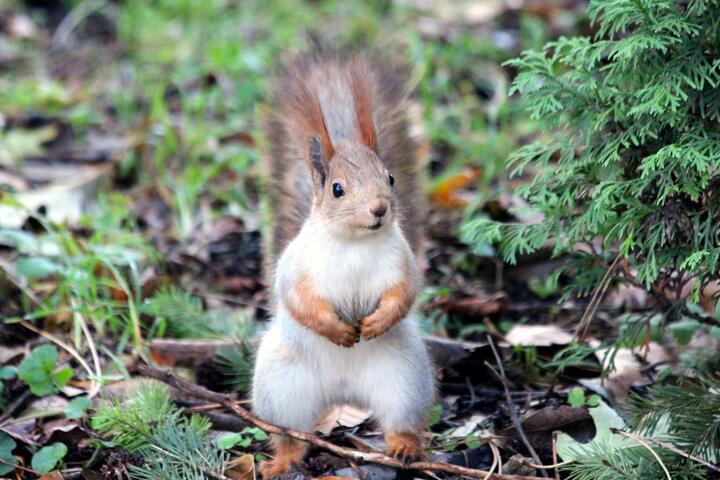 Photo by Pixabay on pexels
Photo by Pixabay on pexelsScientists are interested in how these animals choose the area for the collection of nuts, where they hide them, and how these places are remembered. In other words, the researchers decided to find out to what extent these animals have developed the mind to learn how to make decisions and remember thousands of things: where are hidden stocks made a few months ago.
The study involved about 70 forest squirrels that were observed by volunteer students. They compared the area where the animals lived with their memory systems. As a result, the naturalists were able to draw up a detailed map on which they marked more than 1000 places with hidden nuts.
Professor Jacobs, a leading expert in squirrel behavior studies, believes that these animals are an ideal example to improve understanding of the psychology of wilderness survival. At the same time, he believes that squirrels are very intelligent animals and think about the future, so they find hidden nuts not only through their sense of smell but also through a combination of architectural elements and memory. Meanwhile, other scientists believe that squirrels, on the contrary, have a bad memory, and thanks to this, new trees grow from the forgotten, hidden in the ground, squirrel nuts.
Squirrels are found everywhere except Australia. This lively and mobile animal is considered a typical inhabitant of forests. And, steering by the tail, the squirrel easily jumps from tree to tree on a 3 or 4 meters in a straight line and 10-15 meters on a descending curve. At the same time, during the snowless period, as well as during the race of the squirrel spends most of his time on the ground, where he moves jumps. At the same time, individual plots are poorly expressed and overlapping.
The squirrel is active in the morning and evening hours. The diet includes more than 130 items of fodder. Sanctuaries are arranged on trees. In deciduous forests lives in hollows, dragging there soft bedding of grass, wood lichens, and dry leaves. He builds spherical nests in coniferous forests at a height of 7 to 15 meters. I should also note that each animal may have several such nests, in which the animal lives for two to three days. Scientists believe that in this way these animals are saved from parasites. Female calves during this period are transferred from nest to nest in teeth. In winter, one nest can contain up to 6 squirrels, although usually, these animals are single.
In addition to mass migrations, the squirrel is characterized by seasonal nomads associated with consistent maturation of feed and the transition of young animals to an independent lifestyle. At the same time, some adults stay in place; from the usual food, they switch to low-calorie food with a high content of fiber (buds, lichens, needles, and bark of young shoots). Thanks to this group, the local population is then restored.
The squirrels are very fertile. During the race, up to 6 males are kept near the females, which demonstrate aggression towards their competitors – rumble loudly, paw at the branches, and run after each other. Pregnancy lasts about 38 days. Newborn squirrels are born naked and blind and weigh only 8 grams. Wool appears after two weeks, and they start to see only 30 days. At the same time, they are ready for independent life at the age of 10 weeks, but their mother feeds them with milk for a month and a half.
I should also note that in captivity, the squirrel lives on average for up to 12 years. For comparison, the nature of the old is considered a 4-year-old squirrel. The share of such animals in the most favorable conditions does not exceed 10%. In areas with intensive squirrel fishing, the population is completely updated only for 4 years. The mortality rate of young squirrels is especially high – up to 85% of squirrels do not survive their first winter.
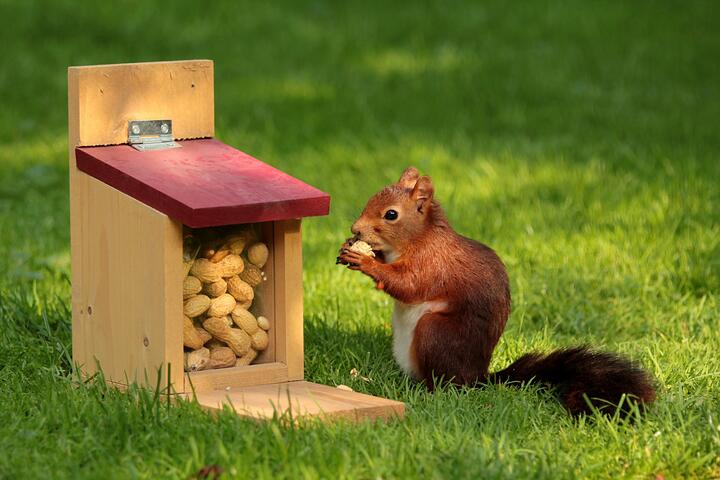 Photo by Pixabay on pexels
Photo by Pixabay on pexelsThe question “Where do squirrels hide their nuts?” may be puzzling, but the answer is actually very simple. They have an excellent sense of smell and must remember where they hid their nuts. They bury some nuts further from the source than others, so they don’t have to worry about people stealing them. You can’t expect to see a squirrel burying a nut in your yard if you don’t know where it is buried.
Squirrels are notoriously good at burying their nuts. They use landmarks, scent, and memory to locate their caches. While we don’t know exactly how they remember where they’ve buried their nuts, we do know that they know where they hid them, and they can retrieve them. They bury them strategically in order to get the maximum amount of nuts to survive the long winter.
However, it is important to understand that squirrels bury their nuts in different places. Some of them bury their nuts in a single spot, which is easier to discover and steal. Other species bury their nuts in several locations, allowing them to spread their food out and avoid being discovered. This is an excellent way to prevent the spread of disease. And as a bonus, you’ll never lose your food again.
It’s not a coincidence that squirrels hide their nuts in certain spots. They seem to have a pre-arranged plan to bury their food. Although some species choose a single spot for their cache, this is the exception and is more likely to be discovered. The most likely spots are scattered around the general area. The reason is that the location of the nut cache is important to the survival of the squirrel.
When it comes to finding a place to bury their food, squirrels are very resourceful. They often have a favorite spot where they bury their food and use this spot again. In fact, some species of animal will store their food in one location for a long period of time, whereas others will hide in a specific patch. In addition, some squirrels do not bury their nuts in a specific location. They may use it to relive the same memory of the same place that the previous one used.
The process of burying a nut may seem random to us, but to a squirrel, it is a routine that will make the process easy. Similarly, when it comes to storing a nut, a squirrel will store it according to the type of nut it has. It may be a single nut, or it might be thousands of them. If you are wondering where do squirrels bury their nuts, it is a good idea to ask them to describe the process.
The researchers at Princeton University conducted a study to study squirrel behavior and dispel the myth that squirrels hide their food. They found that the squirrels are not forgetful and that they have a good memory. As they are able to remember where they have buried their nuts, they can rebury them anywhere. But, where do they hide their nuts? This is a common question, but a lot of research has been done on this.
The answer to the question of where do squirrels hide their nuts? reveals that the process is largely related to the fox squirrel’s ability to memorize the locations of their caches. The fox squirrels bury their nuts in the same place every time. The fox squirrels also display a strong memory, as they bury their nuts in the same location, but the locations of their stashes are different.
While many people believe squirrels are forgetful, they don’t really forget where they hid their nuts. In fact, they use their sharp nose to remember where they buried their food. They can even remember where they buried their food after two years. This is an excellent way to increase their chances of finding your food. The best place to hide nuts is at the top of their tree. You can also study them with a camera and observe their behavior.
- RodentsWhat Do Squirrels Eat In The Wild And At Home?
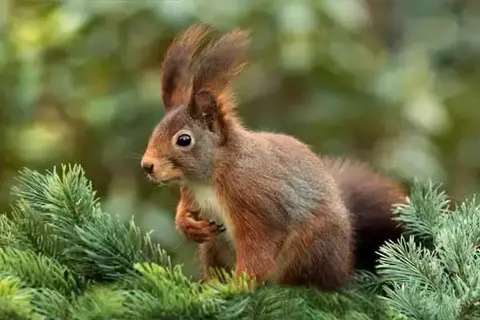
- BirdsWhat Do Owls Eat In The Wild And At Home?By Nolan Foster
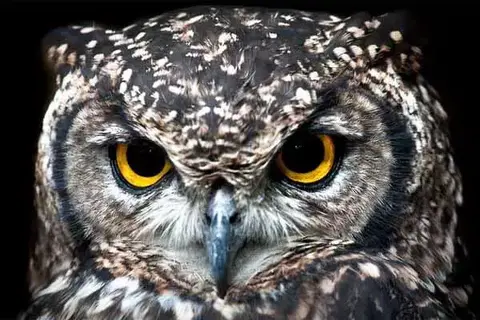
- LivestockInteresting Facts About DonkeysBy Lucas Torres
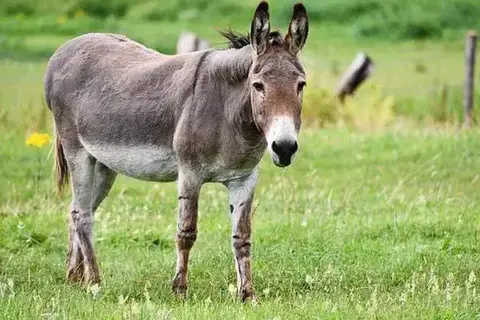
- Rodents24 Interesting Facts About Guinea PigsBy Charlotte Green
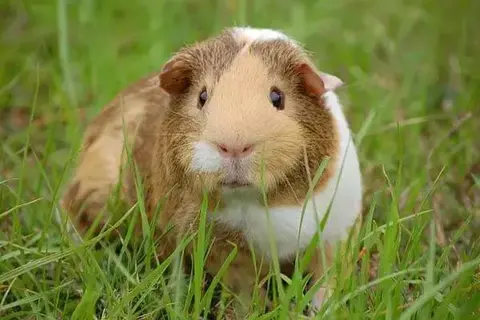
- DogsGerman Shepherd Dog Stealing FoodBy Evelyn Star

- WildlifeWhat Do Doves Eat In The Wild And At Home?By Khai Dove
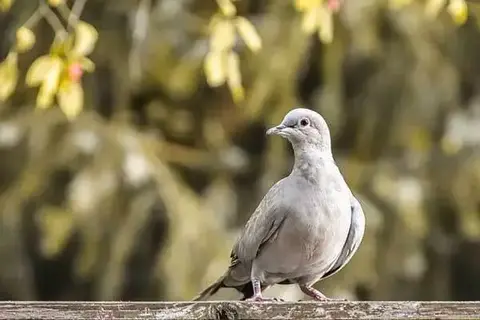
- Birds10 Interesting Facts About A HawkBy Murphy Scott
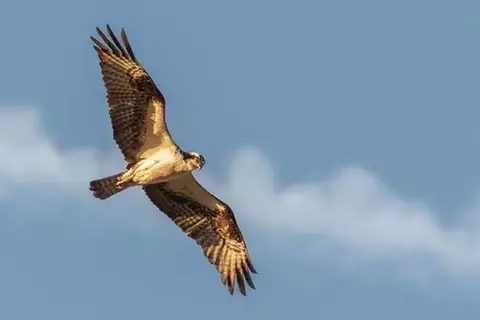
- WildlifeAmazing Facts About Spider MonkeysBy Nolan Foster
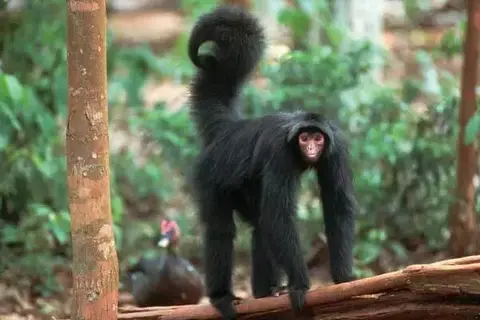
- DogsChihuahua Dog LifespanBy Noah Young

- Rodents7 Interesting Facts About SquirrelsBy Lucas Torres
